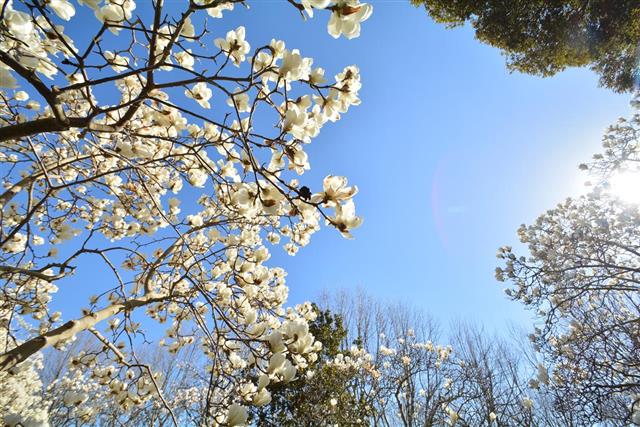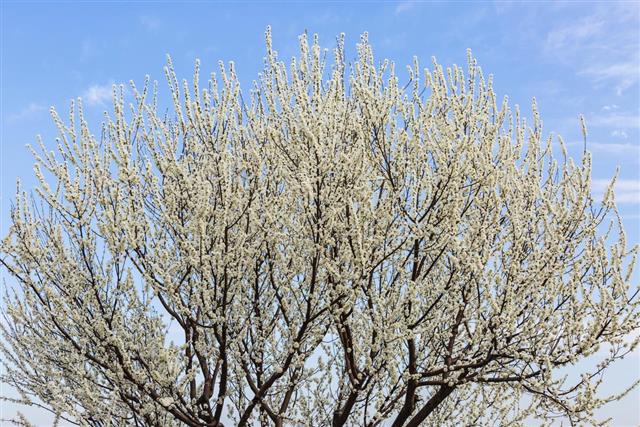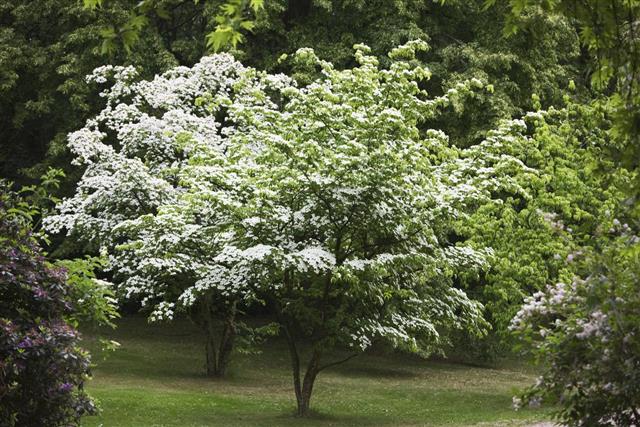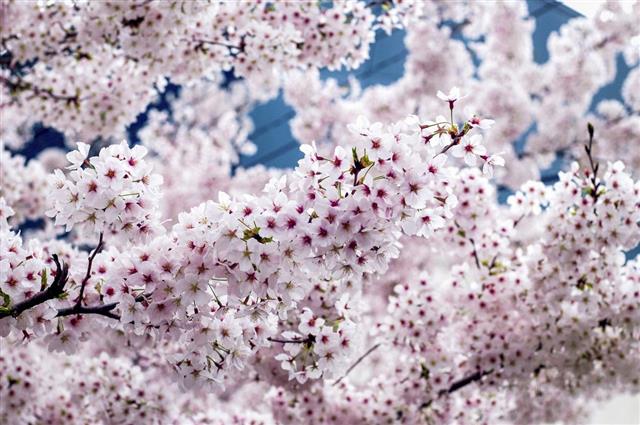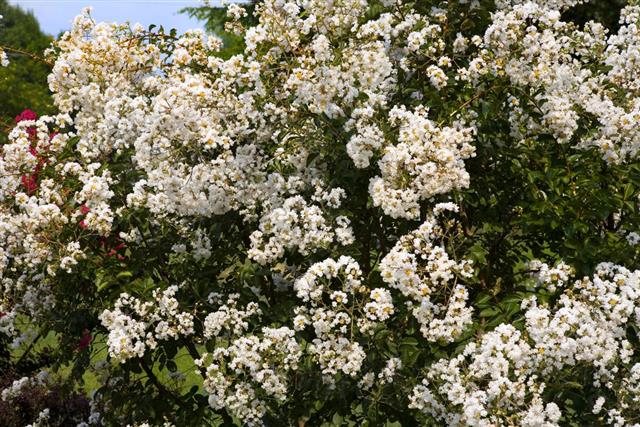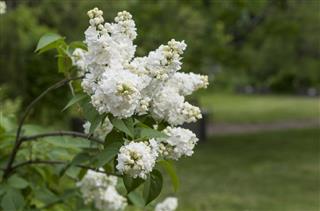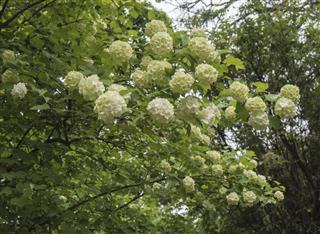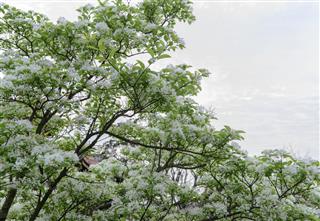
The elegance of white flowers is simply incomparable to others. If you think there are very less varieties of white flowering trees, reconsider this thought again. This article provides you a list of evergreen and deciduous trees that produce spectacular white blooms.
Be it roses, tulips or the calla lilies, white colored blooms look graceful in a unique way. There are lots of white flowering plants for growing in home gardens. But, the concern is about selecting the perfect white flower-bearing trees for the landscape. As expected, the choices are not as plenty as that of regular annuals and biennials. But, with a little effort and brief research, you can certainly find the perfect tree varieties that produce white blooms. They may belong to evergreen or deciduous trees.
List of Popular White Flowering Trees
Presented below are some of the popular options for white flowering tree varieties, which you can select for planting in your yard.
Crape Myrtle Tree
The white crape myrtle tree is a hybrid species, scientifically named as Lagerstroemia indica ‘Alba’. This cultivar is suited for growing in USDA zones 5-11. The most desirable attribute of this 20-30 feet tall flowering tree is its striking summer blooms (near white or white), which continue till fall season. A deciduous tree by nature, the dark red leaves and shredding bark of crape myrtle tree give a fall interest to the yard.
Japanese Crabapple Tree
Whether you plant the regular Japanese crabapple tree (Malus floribunda) or the weeping variety, it will surely add a unique touch to your garden. It is adapted in USDA zones 4-7. The young flower buds are pink in color, which then open into white blooms in late spring. In the fall months, green foliage becomes yellowish in color. The small fruits are red or yellow depending upon the species.
Dogwood Tree
Those who already have white dogwood tree (Cornus sp.) in the garden may be already familiar with the lovely spring blossoms of this cultivar. It is a hardy tree variety, which grows in different soil types and drought conditions. At maturity, the plant height reaches about 20-30 feet, and spreads to 20 feet or more. The dark green leaves turn bright crimson red in fall, thus beautifying the garden in all seasons.
Weeping Yoshino Cherry
Although it bears fruits, Yoshino cherry (Prunus x yedoensis ‘Shidare Yoshino’) is planted for beautifying the landscape design. This weeping tree is a popular choice of deciduous cherry cultivar in Japan. It blossoms heavily in spring time, and continues to flower for 2 weeks. Each individual flower has 5 petals, and the blossoms are nearly white with a pinkish tinge. After the flowers drop, new leaves appear in the twigs, which later become yellow.
White Flowering Peach Tree
The beauty of a double-flowered white peach tree needs no introduction to avid gardeners. A true ornamental species of Prunus genus, it is exclusively grown for the flowers, and not for fruits. When planted in groups, they turn the garden into a showstopper in early spring. Regarding maintenance of white flowering peach tree, it requires timely pruning to induce heavy bloom production.
Chinese Fringe Tree
The Chinese fringe tree (Chionanthus retusus) grows to about 15-20 feet, and is adaptable in partial shade to full sunlight. As the name goes, the fragrant, fringe-like flowers is a desirable feature of this cultivar. Based on the variety you have chosen, Chinese fringe tree will bloom in early spring or late in the cold winter months. An added attribute of this white flowering tree is attractive fall foliage.
Magnolia Tree
One of the most fragrant white flowering trees is the white magnolia tree or star magnolia (Magnolia stellata). It can be grown as a specimen tree in USDA zones 4 and above. If space is available, consider growing this magnolia tree variety in rows. This deciduous flowering tree grows well in warm climatic conditions, and in full sun or shaded areas. When maintained correctly, a magnolia tree soars to a height of 20 feet or more.
Snowball Tree
Excellent as a garden centerpiece, the peak flowering season for white snowball tree (Viburnum opulus) is summer. This lovely flowering tree is named after the spectacular blooms borne in round clusters. It is grown as a true shrub or a small tree in USDA zones 5-8, and reaches 20 feet height at maturity. In addition to the breathtaking view, snowball flowers have a long shelf life and serve as perfect cut flowers for indoor decoration.
White Lilac Tree
Also known as Japanese tree lilac (Syringa reticulata), it is found in two types, namely, single-petaled and double-flowered varieties. The tree grows to a height of about 20-30 feet, and withstands continuous pruning. So, you can grow it as a thick shrub or a small tree. Flowers are produced in large panicle inflorescence during summer. This cultivar is also known to produce tea with richer flavor and taste, in comparison to other lilac varieties. You can read more about white flowering shrubs.
Thus, you still have many options of white flowering trees. And for incorporating in your landscaping project, it is best to choose the ones that are native to your area. That way, you will have less difficulty in providing the required growth conditions for the cultivars. Adopt the basic care guidelines needed for the trees, and appreciate their beautiful blooms right in the peak blooming period.
